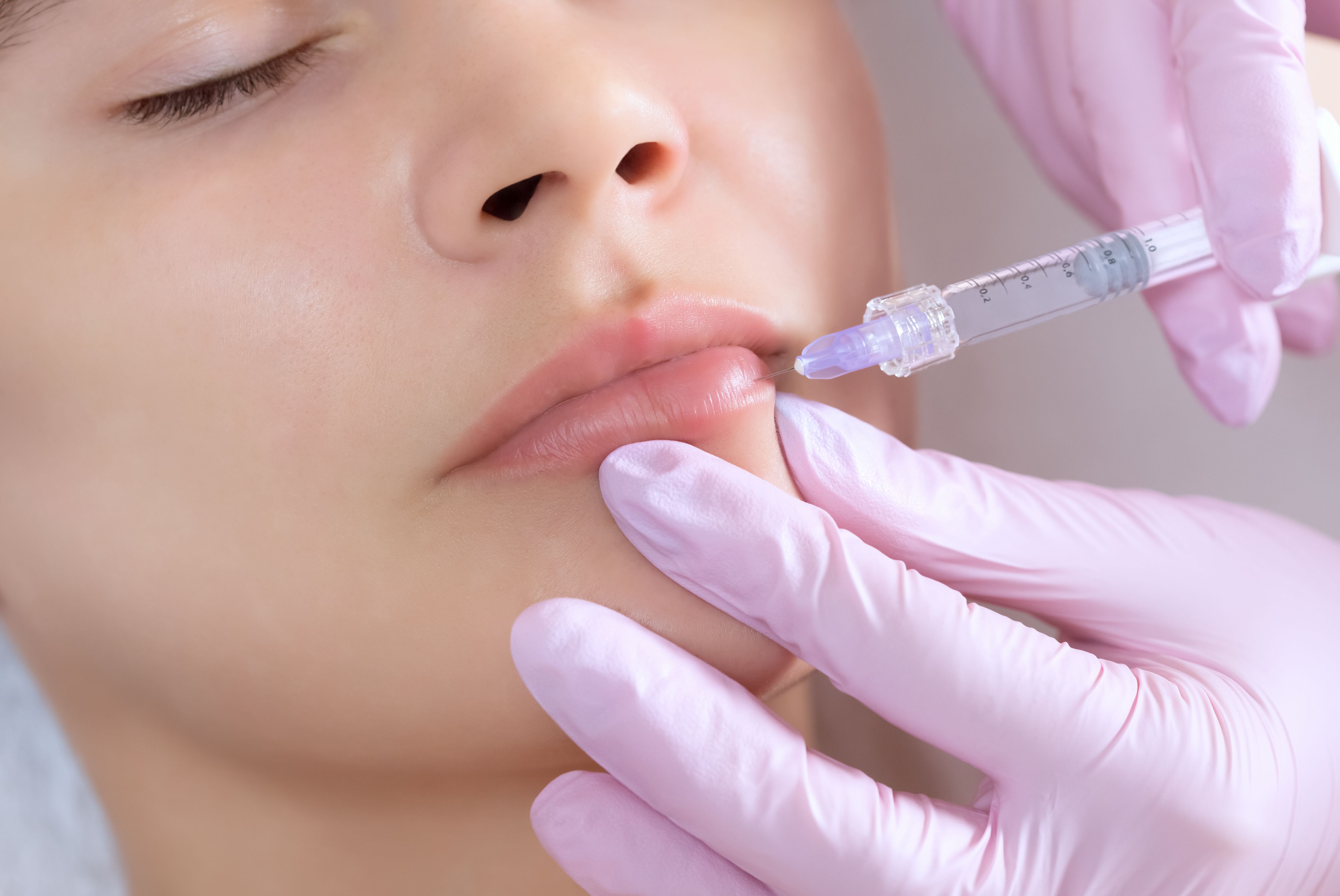- Acne
- Actinic Keratosis
- Aesthetics
- Alopecia
- Atopic Dermatitis
- Buy-and-Bill
- COVID-19
- Case-Based Roundtable
- Chronic Hand Eczema
- Chronic Spontaneous Urticaria
- Drug Watch
- Eczema
- General Dermatology
- Hidradenitis Suppurativa
- Melasma
- NP and PA
- Pediatric Dermatology
- Pigmentary Disorders
- Practice Management
- Precision Medicine and Biologics
- Prurigo Nodularis
- Psoriasis
- Psoriatic Arthritis
- Rare Disease
- Rosacea
- Skin Cancer
- Vitiligo
- Wound Care
Article
A surgical fix for problematic lip fillers
Author(s):
Study authors describe results of a surgical technique used to remove permanent lip fillers.

Authors of a paper published May 2019 in the Aesthetic Surgery Journal describe an approach for surgical lip remodeling due to complications from permanent filler injections.
While the majority of patients were satisfied a year after surgery, there were complications and it took patients at least six to nine months post-surgery to regain natural lip movement.
The technique they describe is based on the six-year experience of study author Gianpaolo Tartaro, M.D., who heads an academic maxillofacial surgical unit in Naples, Italy. He and colleagues report on surgical outcomes of 38 predominately female patients with lip deformities from permanent filler injections. Six patients had received polyacrylamide hydrogel filler; four patients received polymethylmethacrylate microspheres; and 12 patients received silicone oil. Sixteen patients didn’t know which permanent filler was used in their lips.
The authors describe the surgery in detail in the paper. Among the highlights:
- The surgeon’s incision followed the dry-wet mucosa margin. He undermined the labial and vestibular mucosa with Stevens Scissors.
- He injected exposed orbicularis muscles with a heterologous filler and removed as much excess filler and fibrotic tissue as possible, while avoiding intramuscular dissection.
- The surgeon remodeled the mucosa above the new muscular architecture after removing the foreign material.
The authors highlight this step as being most notable: The surgeon paid careful attention to the incision he made near the commissures to minimize the risk of postoperative scarring, which might reduce patients’ ability to open their mouths.
“Our technique is in several respects similar to previously described techniques; however, the main difference consists in a ‘back cut’ performed medially in the oral mucosa to minimize the likelihood of reducing the mouth opening via postoperative scarring,” they write.
They found post-operatively that patients in the study experienced issues similar to those found in other studies.
All patients had post-operative swelling for an average of 15 days. There were no infections. But there were three cases of a 1-cm dehiscence, which they report healed by secondary intention. Several days after surgery, they noted one case of a hematoma that spontaneously resolved in three weeks. The surgeon did a minor touch up on two upper lips. And it was an average four months before the lip tissue softened.
Still, at one-year post-surgery, 25 of 38 patients indicated their results were satisfactory; six said results were very satisfactory; and one was dissatisfied due to asymmetry. Six patients were lost to follow up, according to the paper.
Despite these outcomes, more research is needed to better understand the effectiveness and reproducibility of this surgical technique, according to the authors.
Disclosures:
Study authors report no relevant disclosures.
References:
Rauso R, Califano L, Rugge L, Chirico F, Tartaro G. Surgical Lip Remodeling After Injection of Permanent Filler. Aesthet Surg J. 2019;39(5):565-571.
Newsletter
Like what you’re reading? Subscribe to Dermatology Times for weekly updates on therapies, innovations, and real-world practice tips.














